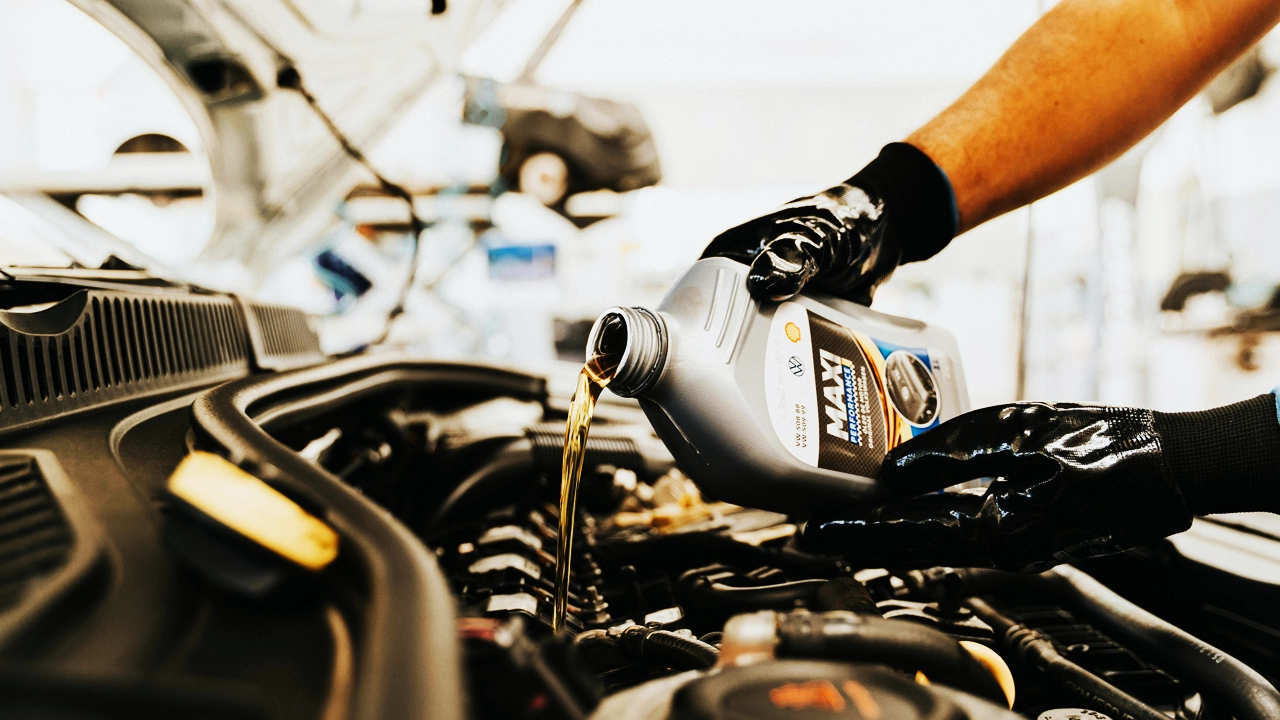High idling at startup can be attributed to various factors, from idle control system malfunctions to vacuum leaks and sensor inaccuracies. Understanding the interplay between these components and how they contribute to engine management is essential for diagnosing and resolving high idle issues. Regular maintenance, including cleaning critical components and ensuring proper sensor function, can help prevent high idling problems and ensure the engine runs smoothly. If high idle persists despite these measures, consulting a professional mechanic with advanced diagnostic tools is recommended to pinpoint the exact cause and implement the necessary repairs.
The Role of Coolant in Your Car
The liquid mixture known as coolant, which is usually composed of water and antifreeze, is pumped through the radiator and engine to keep them at the ideal temperature for operation. Coolant’s main job is to take up extra heat from the engine and distribute it through the radiator so the engine doesn’t overheat. Coolant keeps the engine block from freezing in colder climates, allowing your automobile to start without issue even in extremely cold weather. Coolant also has chemicals in it to lubricate the water pump, shield engine parts from corrosion, and prevent it from happening.
Types of Coolants
There are several types of coolants, each formulated for specific vehicle needs. The main categories include Inorganic Acid Technology (IAT), Organic Acid Technology (OAT), and Hybrid Organic Acid Technology (HOAT).
Inorganic Acid Technology (IAT):
IAT coolants have long been a fixture in automobiles and are usually green in color. They are made of ethylene or propylene glycol combined with corrosion inhibitors such as silicate and phosphate. Because of their shortened lifespan and the gradual deterioration of corrosion inhibitors, these coolants require replacement every two years or 30,000 miles.
Organic Acid Technology (OAT):
OAT coolants are often red, orange, or occasionally dark green. Instead of using phosphates or silicates, they rely on organic acids to stop corrosion. OAT coolants have a longer lifespan—they can frequently last up to 150,000 miles or five years. Nevertheless, they usually don’t work with older cars made for IAT coolants.
- Audi GT50 Concept: A Loud Reminder of Why Car Enthusiasts Fell in Love With Audi
- Nearly 30% of UK Drivers Believe Car Tax Should Be Based on Mileage — Survey
- Why Planes and Boats Escaped the Luxury Tax But Cars Didn’t
- Australia’s Headlight Confusion: Authorities Warn Drivers After Viral $250 Headlight Rule Goes Wild Online
- 2025 Hyundai Venue Facelift Launched in India – Full Details, Variants, and Price
Hybrid Organic Acid Technology (HOAT):
Combining IAT and OAT, HOAT coolants use a blend of silicates and organic acids to offer longer-lasting protection. The colors pink, turquoise, or yellow help identify these coolants. They need to be replaced every five years or 150,000 miles, providing a compromise between the instant corrosion protection of IAT and the lifetime of OAT.
Compatibility and Manufacturer Specifications
Making sure the coolant is compatible with the make and model of your car is one of the most significant factors in selecting the correct one. The kind of coolant that should be used in an automobile is specified by the manufacturer because using the incorrect kind might cause big problems. For example, combining different kinds of coolants might result in a chemical reaction that clogs coolant passageways and generates sludge, which can cause overheating and possible engine damage.
In addition, manufacturers suggest particular coolant combinations depending on the components of the engine and cooling system. For instance, certain engines have aluminum parts that, if not shielded by the proper inhibitors present in particular coolants, are prone to corrosion. To be sure you’re using the right coolant for your automobile, always check the owner’s manual or get advice from a qualified repair.
Potential Consequences of Using the Wrong Coolant
The engine and cooling system of your car can suffer several negative consequences from using the incorrect kind of coolant. Overheating is one major problem that can arise from inefficient heat transfer from the engine to the coolant. Expensive repairs may be necessary if overheating causes engine parts, such as the cylinder head and engine block, to become broken or warped.
The engine and cooling system of your car can suffer several negative consequences from using the incorrect kind of coolant. Overheating is one major problem that can arise from inefficient heat transfer from the engine to the coolant. Expensive repairs may be necessary if overheating causes engine parts, such as the cylinder head and engine block, to become broken or warped.
Another issue is corrosion. Rust and scale can accumulate on metal surfaces in the engine and cooling system if a coolant is used without the proper corrosion inhibitors. Leaks, a decrease in the effectiveness of heat transfer, and the eventual failure of vital parts like the water pump and radiator can result from this corrosion.
Conclusion
In conclusion, Yes, it matters; always use the coolant specified in your car’s owner’s manual. for your car to run at its best and last a long time, you must use the appropriate coolant. Various coolants are designed to fulfill particular needs, and selecting the incorrect one might result in big problems including corrosion, sludge accumulation, and overheating. When choosing a coolant, always consult your car’s owner’s manual and heed the manufacturer’s advice. You will safeguard your engine, keep the cooling system operating efficiently, and save money on future repairs by doing this.
